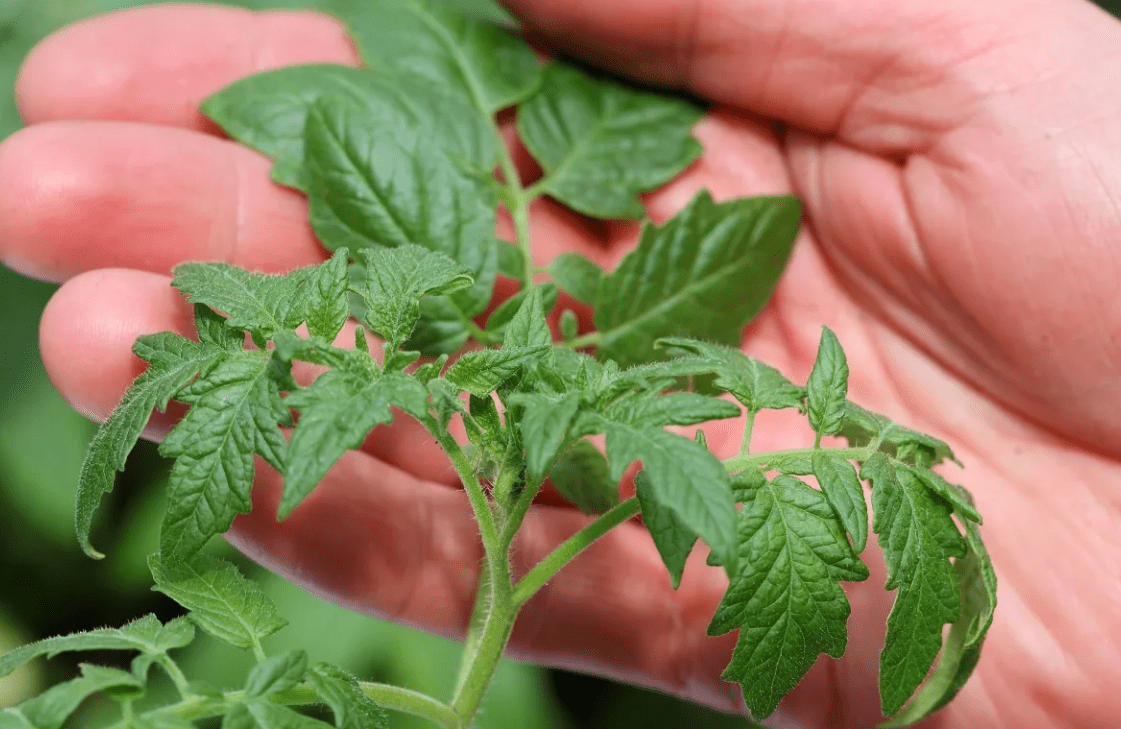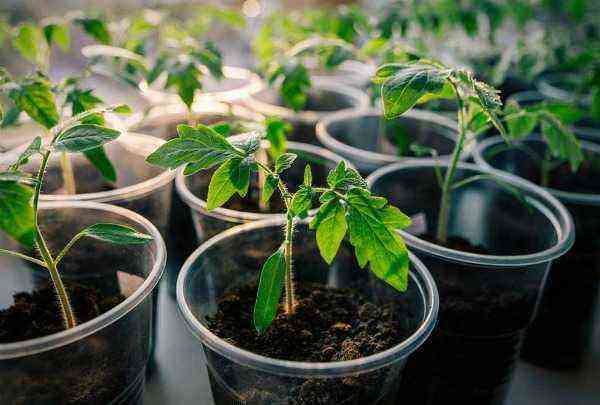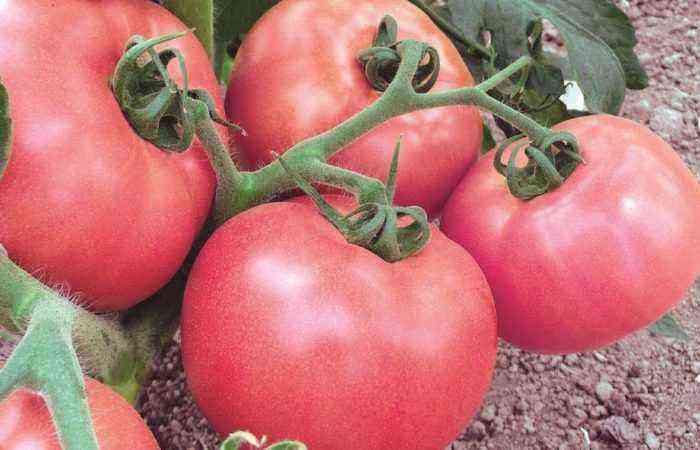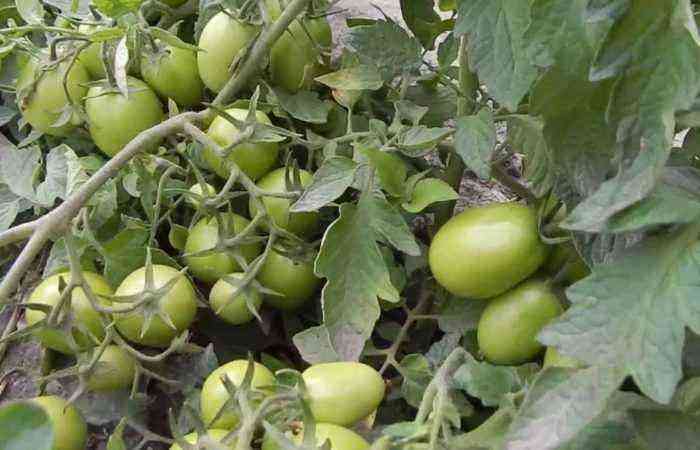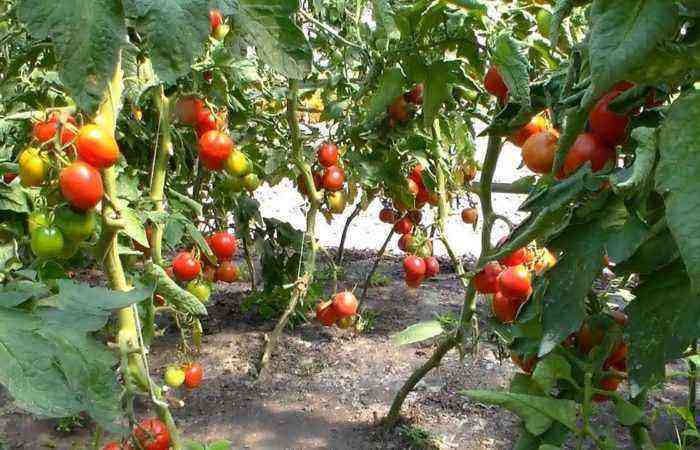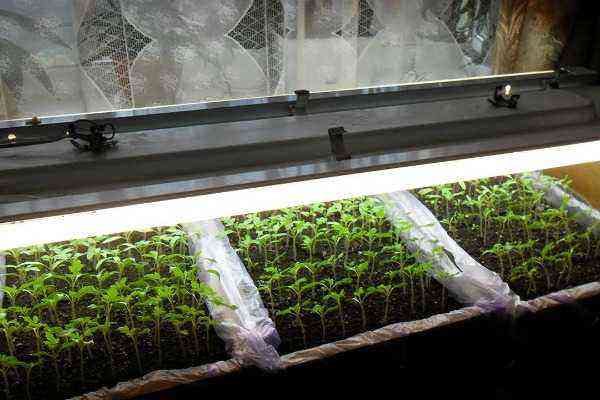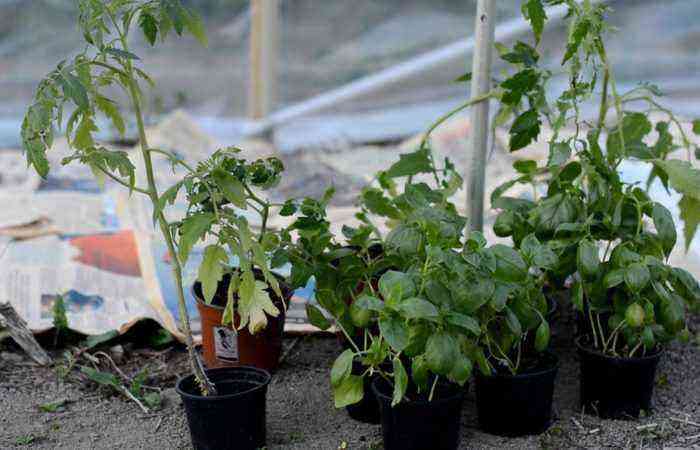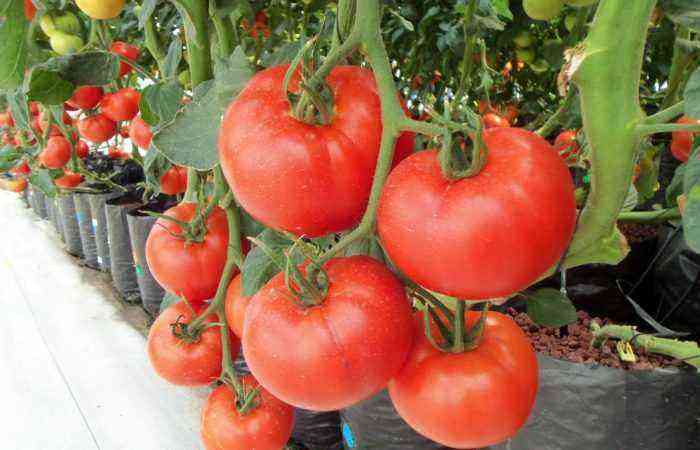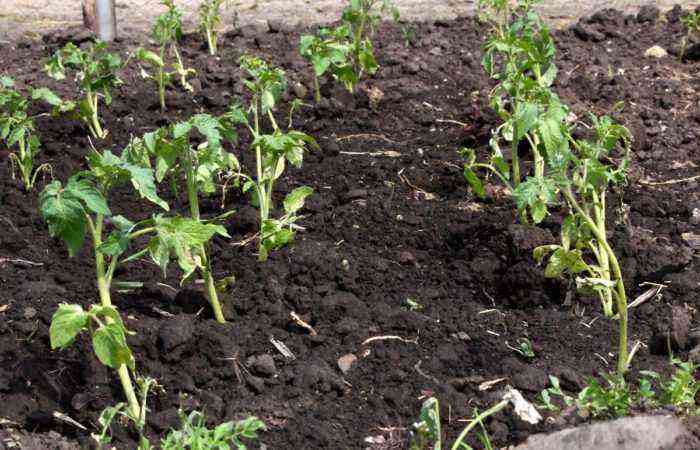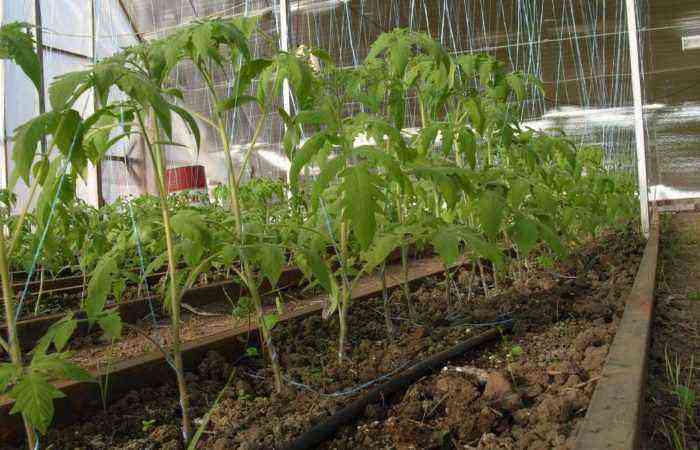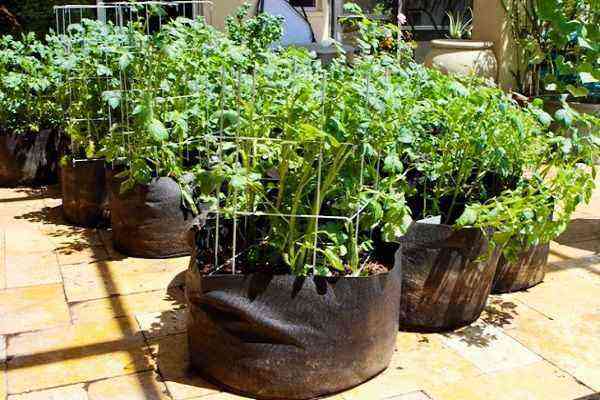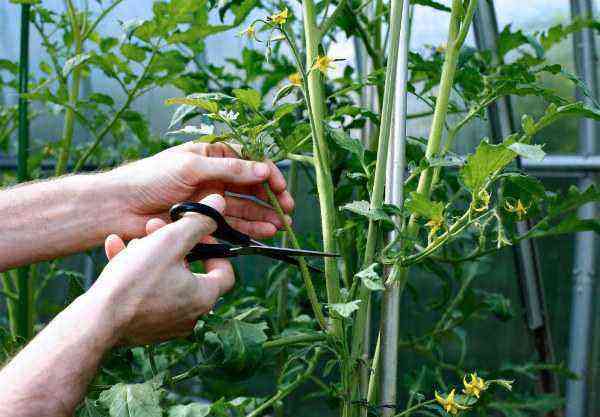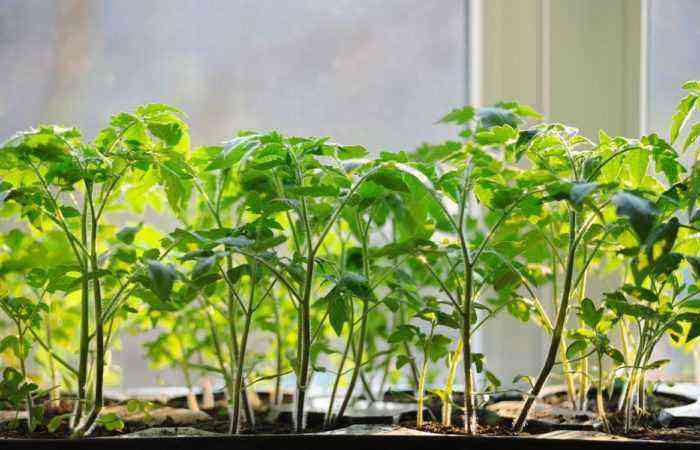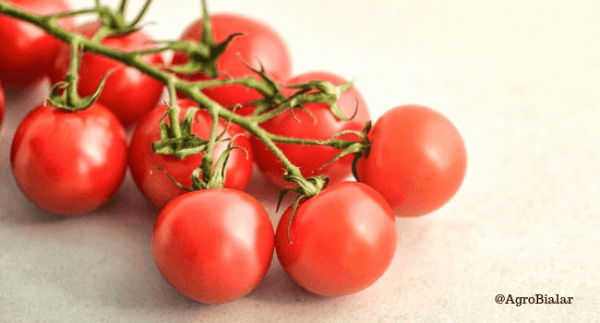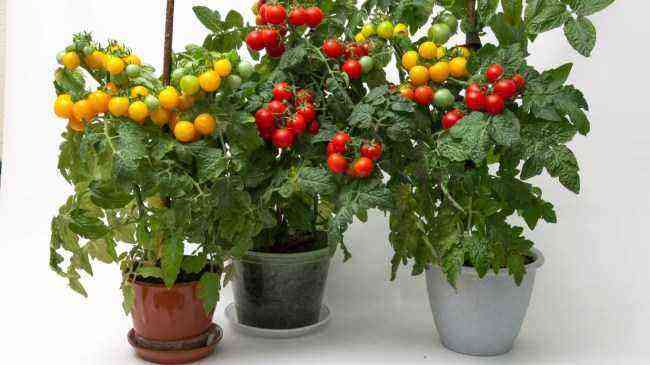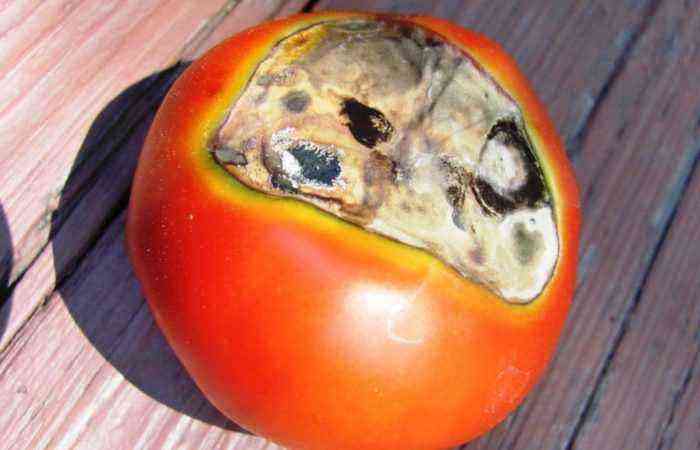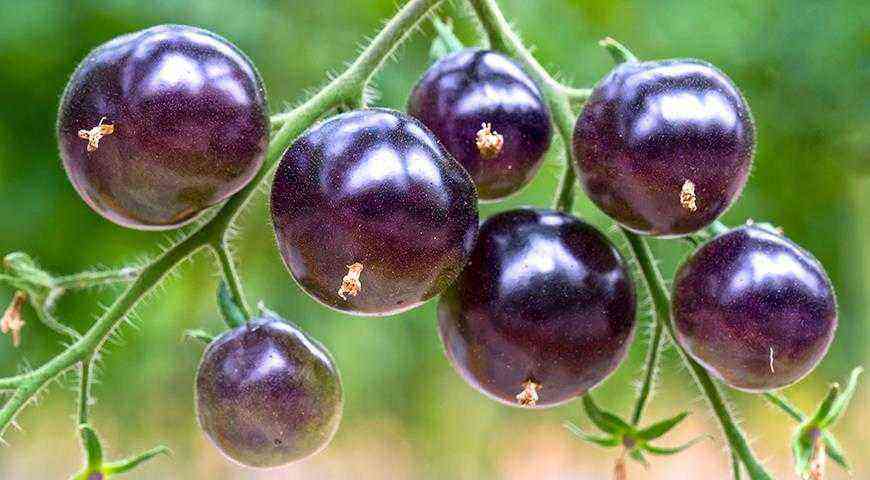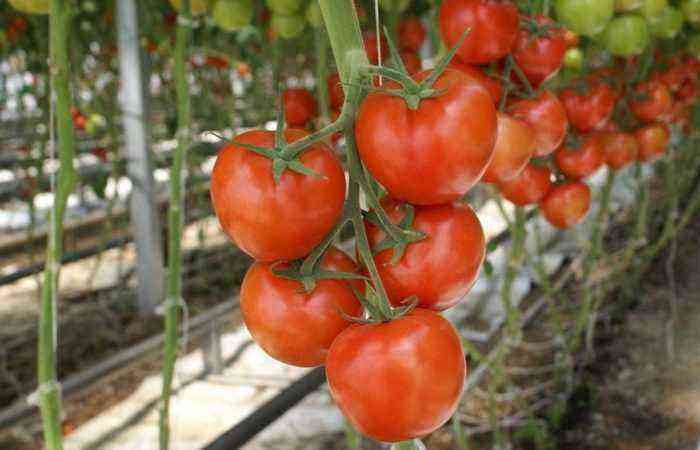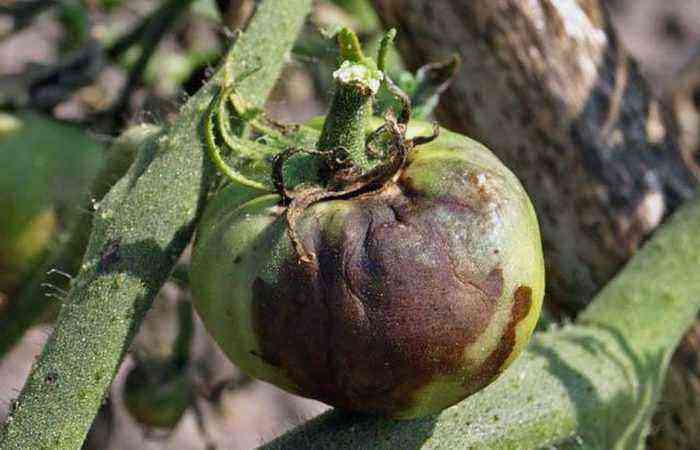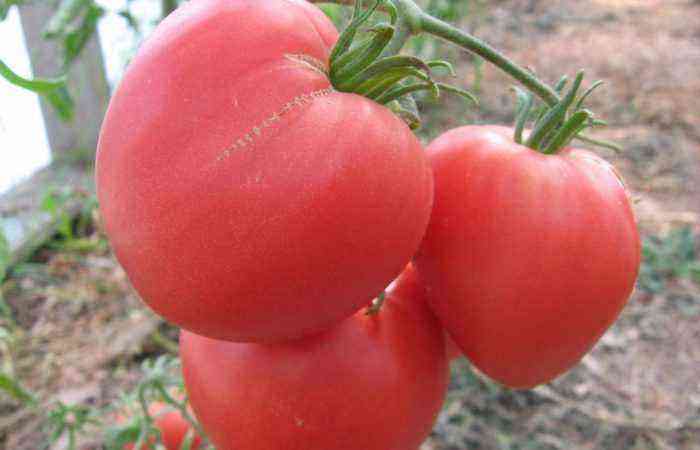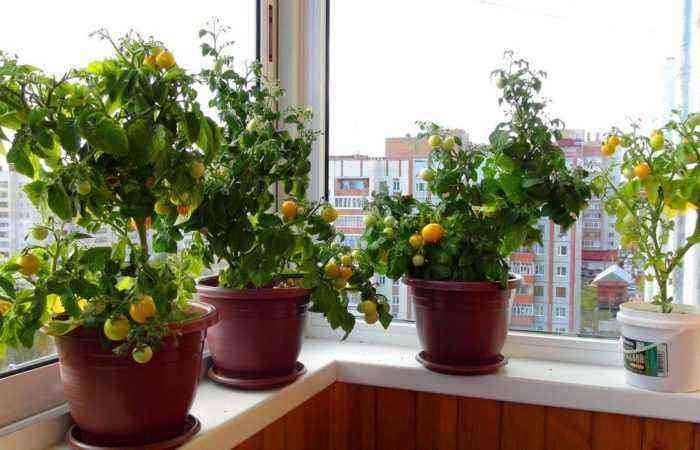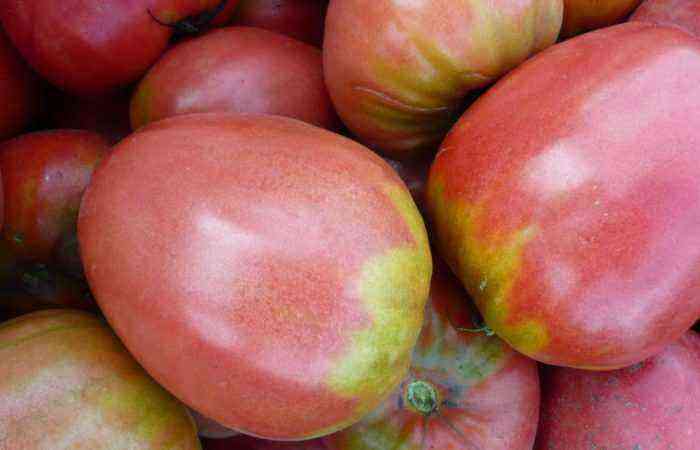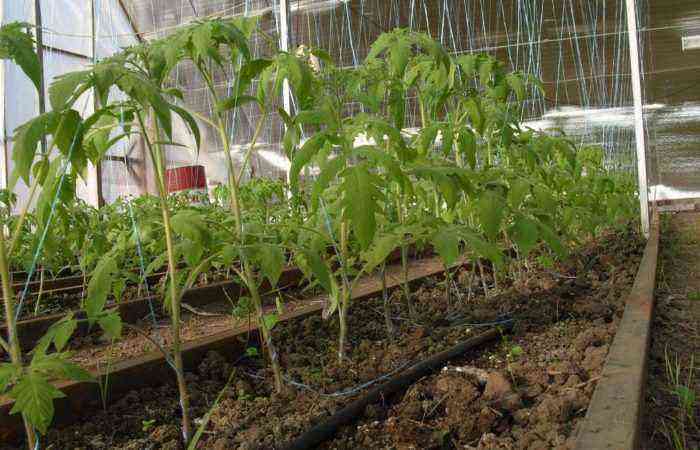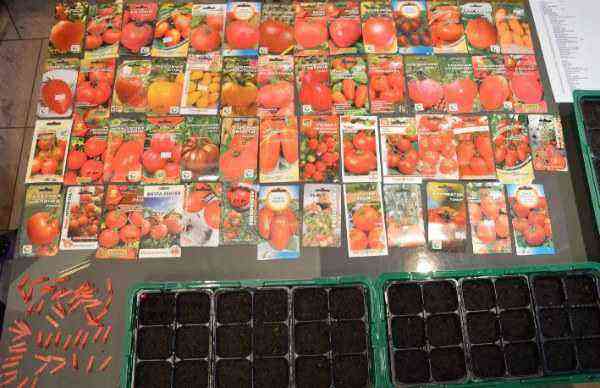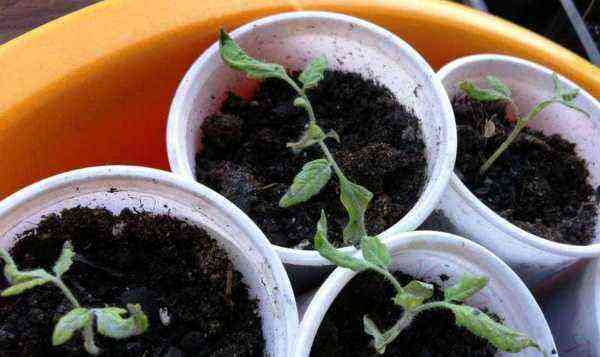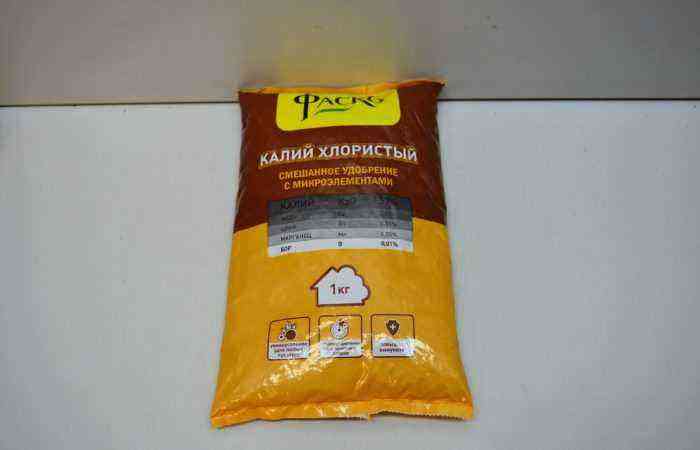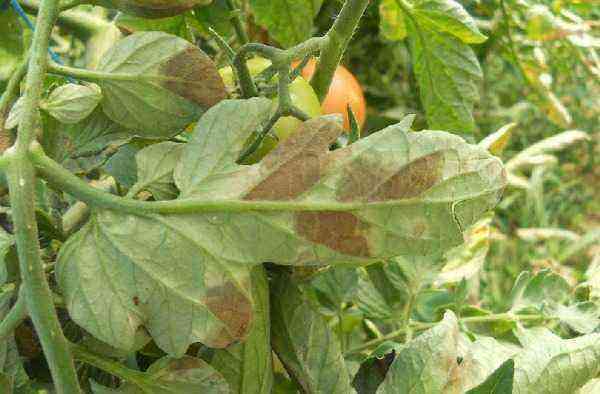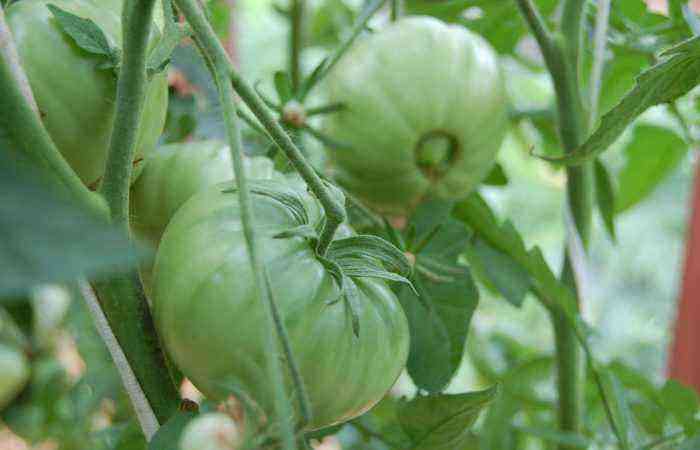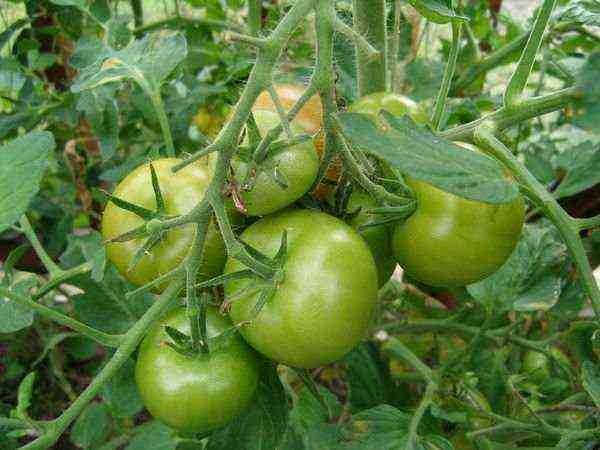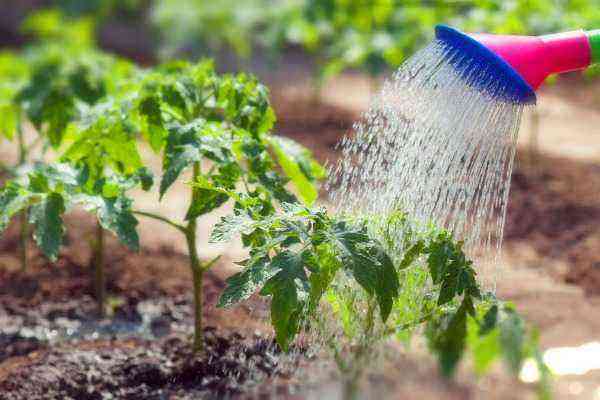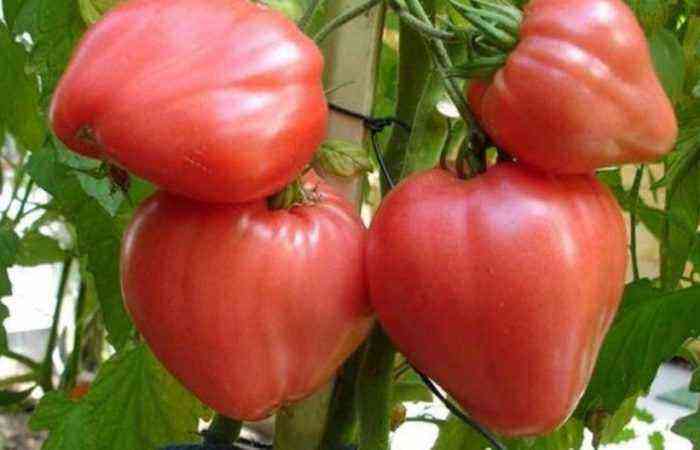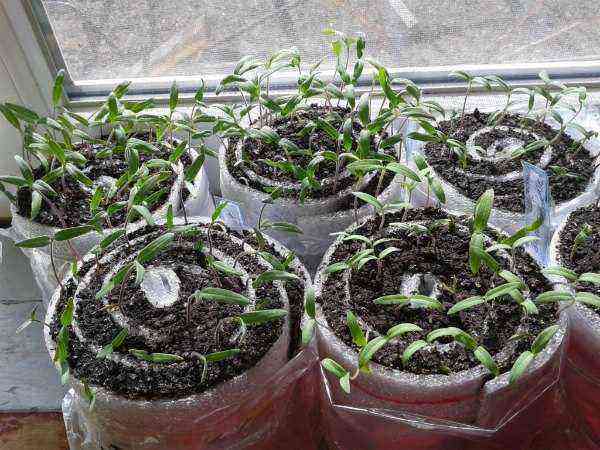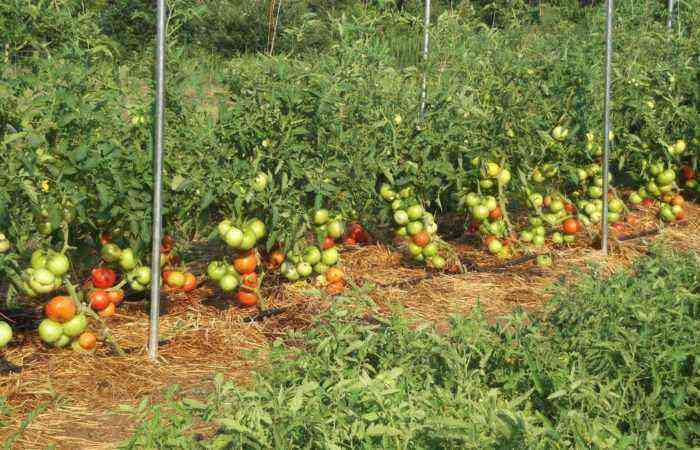To grow tomatoes on a personal plot, seedling technology is traditionally used – seedlings are grown on their own or bought on the market. Not everyone succeeds in growing high-quality seedlings. There are many reasons for this: there are no suitable conditions or there is not enough time. Buying ready-made seedlings on the market is not the best solution. Variety mismatch, overfeeding with nitrogen fertilizers – the results are unpredictable.
Seedless tomatoes – the pros and cons of the method
Seeds of tomatoes of a favorite variety can be sown immediately in a permanent place.
Contrary to popular belief, a rich harvest can be harvested not only in the south. The whole process can be described in one phrase: prepared seeds are planted in a prepared garden bed and fruits of excellent quality are obtained up to frost.
This method of agricultural technology has more advantages than disadvantages:
- No hassle with growing seedlings in a city apartment. There is no need to buy seedlings of an unknown variety with an unpredictable harvest on the market.
- There is no need to spend money on seedlings, soil, lamps for supplementary lighting. Labor-intensive operations for the care of seedlings (diving, hardening, transplanting, etc.) are also not needed.
- From the first days of growth, seedlings undergo natural hardening: they grow strong and healthy, bear fruit until late autumn.
- Without dives and transplants, the root system of the bush develops continuously and reaches a depth of up to 1,5 m. Tomatoes practically do not require watering.
- Hardened plants with a powerful root system almost do not get sick and give fruits with a rich taste.
- The collected seeds of seedless tomatoes completely repeat the properties of the mother plant – you can prepare seed for several years.
Along with such obvious advantages, the method has some minor disadvantages:
- the first fruits of seedless tomatoes appear 10-14 days later when compared with traditional technology;
- good results can be expected only when growing early varieties.
Late indeterminate varieties with large fruits on a bed of open ground without seedlings do not work out. These tall bushes can be planted in a greenhouse and harvested for another month.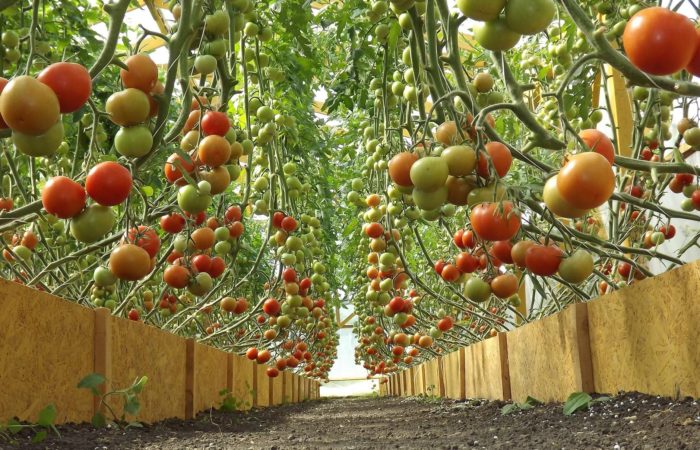
Tomatoes without seedlings – growing conditions
The weather conditions of the southern latitudes of the Russian Federation are best suited for seedless cultivation of open ground tomatoes. Between the sowing of seeds and the beginning of the collection of fruits, the interval is 1-2 weeks shorter – the plants do not have to spend energy on rooting during transplantation. As a result, flowering begins earlier and ovaries appear.
Summer residents of the central region can now also grow tomatoes by direct sowing into the ground. These are early varieties with a growing season of 75-85 days. Breeders should pay attention to such novelties – even without additional shelter, the first fruits will turn red at the end of July.
Regardless of climatic conditions, the success of the seedless method is due to the correct preparation of the beds. Tomato seeds should be sown in fertile loose soil after disinfection.
The quality and quantity of fruits directly depends on the selected variety. Summer residents of the southern regions can use almost all early ripening zoned varieties and even medium and medium late ripening.
Residents of the central region (the latitude of Moscow) can also successfully plant frost-resistant varieties of Siberian selection. Possible frosts are not terrible for them.
Outdoor ground
- “Rio de Grande” – a very hardy variety, fruits 100 g, 3-4 kg per bush;
- “Tarasenko 2” – a low bush, tomatoes weighing up to 70 g are collected in a brush up to 35 fruits;
- “Search F1” tolerates cold weather well, fruits are not more than 100 g, very tasty;
Varieties of Siberian selection
- “Resistant” – for preservation, bush 40 cm tall, fruits up to 100 g;
- “Subarctic 2” – withstands frosts down to -5 ° C, fruits 100-200 g.
Greenhouse
- “Gardener’s Dream” – up to 7 kg from a bush of large tomatoes 150-180 g;
- “Superstar” – a tall variety with large fruits up to 250 g;
- “Greenhouse early F1” – 80 days of the growing season, fruits up to 180 g;
- “Sanka” – 75 days, small, very tasty fruits, 50 g each.
3 golden rules of seedless tomato farming
The conditions for germination of a tomato seed in the open air are not as comfortable as in a seedling box indoors. All pre-planting preparation of the beds and the tomato seeds themselves should prepare the seedling for vegetation and further fruiting.
How to prepare a bed
It is better to prepare a bed for tomatoes in advance, from autumn:
- remove weeds;
- decompose compost or humus;
- dig deep (25-30 cm).
Sowing of tomato seeds begins when the soil temperature reaches at least 14 ° C. To speed up warming up, the bed can be covered with black agrofibre.
In the spring, 5-7 days before planting, shed the bed with a solution of copper sulfate at the rate of 1,5-2 liters per 1 sq. m.:
- 1 tablespoon of vitriol (with a slide) is dissolved in hot water;
- bring the volume of the solution to 10 l (bucket).
Such treatment is an excellent prevention of soil from pathogens of fungal diseases (especially late blight) and various rot.
After disinfection, the bed should be dug up again. If the soil structure is “heavy”, bulk components are added to the bed: rotted sawdust, peat.
Preparing a greenhouse bed is no different. The same operations are performed a little earlier, focusing on the thermometers in the greenhouse – 14-15 ° C.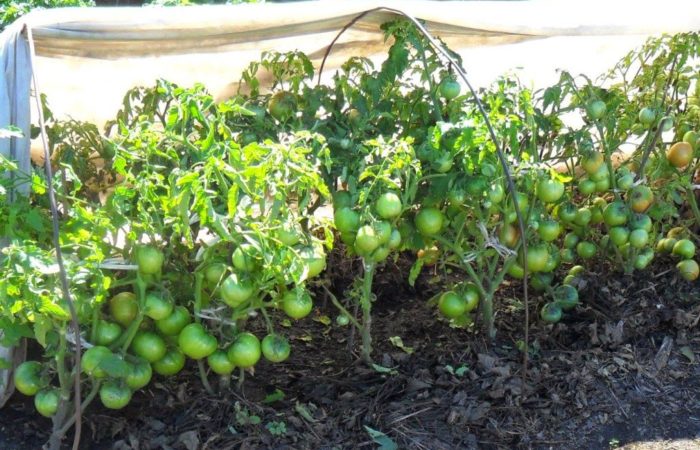
How to prepare seeds for planting
Only seeds of home assembly need preparation. Purchased seed material produced by proven agricultural firms and breeding stations go on sale after a full range of preparation – calibration, disinfection, treatment with fertilizers and germination stimulants.
Such seeds cannot be soaked and germinated on a cloth. The only thing that can be recommended to increase immunity is to warm the seeds at 40-50 ° C for several days (near a heating radiator, for example).
Homemade seeds must be disinfected. The easiest way:
- soak for 20-30 minutes in a light raspberry solution of pharmacy potassium permanganate;
- rinse with running water;
- dry to a loose state and sow in the ground.
If desired, you can carry out additional hardening of the seeds – put them in the cold for about 1 week. The vegetable shelf of the refrigerator with a temperature of 1-5°C is excellent.
It is impossible to germinate tomato seeds on a cloth before direct sowing into the ground. The plant must develop a root system from the first moments of growth. The hatched sprout is likely to die.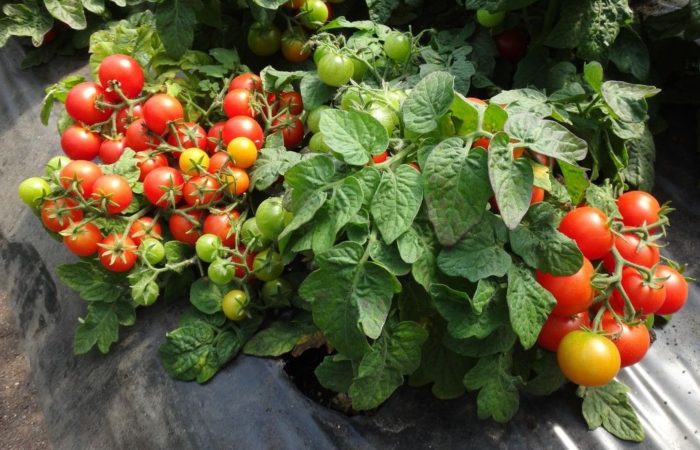
How to plant seeds correctly – step by step instructions
Even a garden bed prepared in the fall requires additional nutrients. If you are going to grow tomatoes in an accelerated way without seedlings – prepare all the conditions for the initial period of the plant’s life.
- Along the beds form a furrow 30 cm deep.
- Apply fertilizers – potassium-phosphorus and ash at the rate of 1 tbsp. l. potassium sulfate and ½ cup of ash per 1 running meter.
- Fill with earth and water abundantly.
- Along the row at a distance of 35-40 cm, plant 4-5 tomato seeds in shallow holes. into the nest.
- Fall asleep with soil no more than 2-3 cm.
- It is advisable to cover the bed with agrofiber or film – heat and moisture under the film will accelerate the emergence of seedlings.
Seedless culture of tomatoes – features of agricultural technology
Until the first shoots appear, the tomato bed does not need to be disturbed. It is best to equip a light shelter on the arcs (film or agrofibre) – this will allow you to do without additional watering. When the seedlings have 4-5 true leaves, only 1 will have to be left – the strongest.
As the space between the plants grows, it is desirable to cover with a layer of mulch – sawdust, mowed grass, straw. This will help to do without weeding, loosening and frequent watering. In the absence of precipitation, tomatoes are watered once a week with warm, sun-settled water.
Indeterminate outdoor tomatoes can be grown without additional support, especially in mulched beds (there is no leaf contact with the ground).
A garden bed well seasoned with organic matter since autumn allows you to do without top dressing. Low-growing varieties produce a crop of a maximum of 3 inflorescences – the supply of nutrients laid in the soil before planting is quite enough.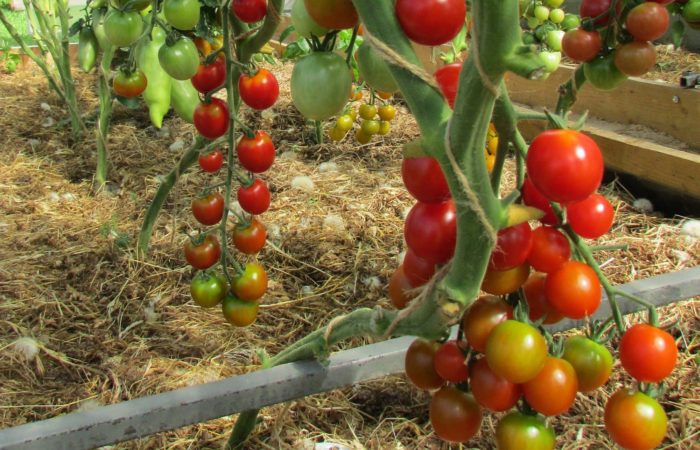
Seedless tomatoes have a powerful root system – there is no need for frequent watering. Before flowering, it is necessary to carry out the prevention of fungal diseases. After the formation of the 1st bunch, watering the tomato bed should be stopped – the fruits will be tastier.
Greenhouse seedless tomatoes are more hardy and resistant to diseases, pests, lack of water, and temperature changes. Usually, greenhouse varieties are taller, more productive and produce the largest fruits. This means that they will need more nutrients than dwarf outdoor varieties.
The simplest universal solution:
- 2 table. spoons of saltpeter or urea;
- ½ cup wood ash;
- 10 liters (bucket) of water.
For greenhouse tomatoes, the best prevention of fungal diseases will be the ventilation of the greenhouse, the correct formation of the bush and careful watering at the root. During the season, before the start of harvesting, 2-3 treatments should be carried out from a complex of pests and diseases.
An amateur vegetable grower shares his method of growing tomatoes without seedlings.
Take note
A seedless bed of open and closed ground tomatoes begins to bear fruit a little later, by about 2 weeks. For earlier consumption of fresh vegetables, experienced summer residents plant a small bed of super-early tomatoes using the seedling method.
The seedless technology of growing tomatoes is good because all garden care operations are minimized.
Boxes with seedlings on the windowsills, additional lighting, dives, transplants – how many time-consuming operations can be avoided if you use this method. Do not forget that the number of waterings and treatments will be reduced – which means that the tomatoes will be tastier and safer, without the admixture of chemicals.
